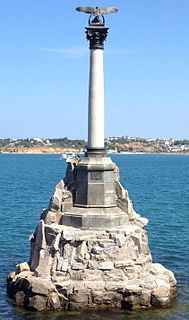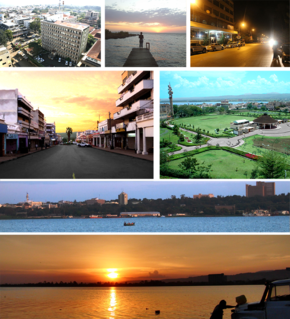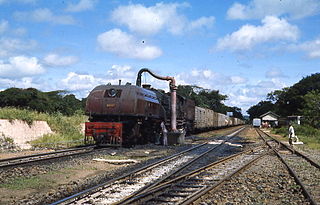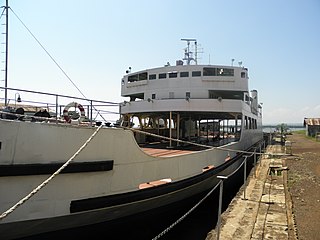| History | |
|---|---|
| Name: | SS Clement Hill |
| Namesake: | Sir Clement Lloyd Hill, MP |
| Operator: | Uganda Railway 1907–29; Kenya and Uganda Railways and Harbours 1929–36 |
| Port of registry: | |
| Builder: | Bow, McLachlan & Co, [1] Paisley, Scotland |
| Yard number: | 189 [1] |
| Launched: | 1905 [1] |
| In service: | 1907 [1] |
| Out of service: | 1935 |
| Fate: | scuttled 1936 |
| General characteristics | |
| Type: | passenger & cargo ship [1] |
| Tonnage: | 1,134 GRT [1] |
| Length: | 225 ft (69 m) [1] |
| Beam: | 32 ft (9.8 m) [1] |
| Installed power: | 635 IHP triple expansion engine [1] |
| Propulsion: | screw [1] |
SS Clement Hill was a cargo and passenger Lake Victoria ferry in East Africa.

Lake Victoria ferries are motor ships for ferry services carrying freight and/or vehicles and/or passengers among Uganda, Tanzania, and Kenya on Lake Victoria.

East Africa or Eastern Africa is the eastern region of the African continent, variably defined by geography. In the United Nations Statistics Division scheme of geographic regions, 20 territories make up Eastern Africa:
Bow, McLachlan and Company of Paisley in Renfrewshire, Scotland built her for the Uganda Railway in 1905. [1] She was a "knock down" vessel; that is, she was bolted together in the shipyard at Paisley, all the parts marked with numbers, disassembled into many hundreds of parts and transported in kit form by sea to Kenya for reassembly.
Bow, McLachlan and Company was a Scottish marine engineering and shipbuilding company that traded between 1872 and 1932.

Paisley is a town situated in the west central Lowlands of Scotland. Located on the northern edge of the Gleniffer Braes, the town borders the city of Glasgow to the east, and straddles the banks of the White Cart Water, a tributary of the River Clyde.

Renfrewshire is one of 32 council areas of Scotland.
Clement Hill was in service on the lake from March 1907 until 1935. [1] Kenya and Uganda Railways and Harbours then stripped her of machinery and fittings and in 1936 scuttled her at Bukakata to form a breakwater. [1]
Kenya and Uganda Railways and Harbours (KURH) ran harbours, railways and lake and river ferries in Kenya Colony and the Uganda Protectorate from 1929 until 1948. It included the Uganda Railway, which it extended from Nakuru to Kampala in 1931. In the same year it built a branch line to Mount Kenya.

Scuttling is the deliberate sinking of a ship by allowing water to flow into the hull. This can be achieved in several ways—seacocks or hatches can be opened to the sea, or holes may be ripped into the hull with brute force or with explosives. Scuttling may be performed to dispose of an abandoned, old, or captured vessel; to prevent the vessel from becoming a navigation hazard; as an act of self-destruction to prevent the ship from being captured by an enemy force ; as a blockship to restrict navigation through a channel or within a harbor; to provide an artificial reef for divers and marine life; or to alter the flow of rivers.

Bukakata, sometimes spelled as Bukakkata, is a lakeside town in Masaka District, Central Uganda.









